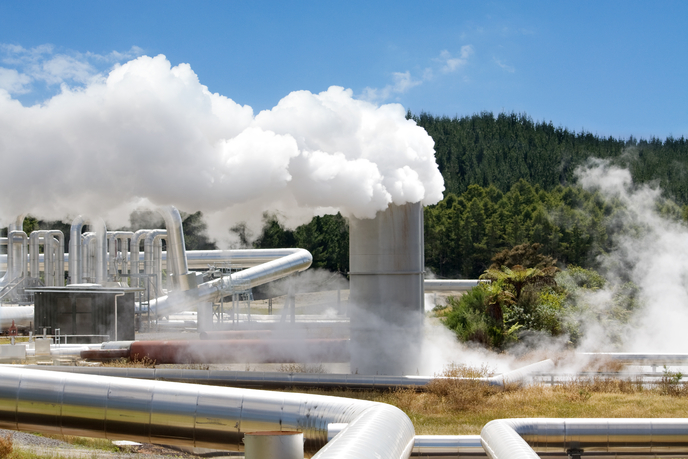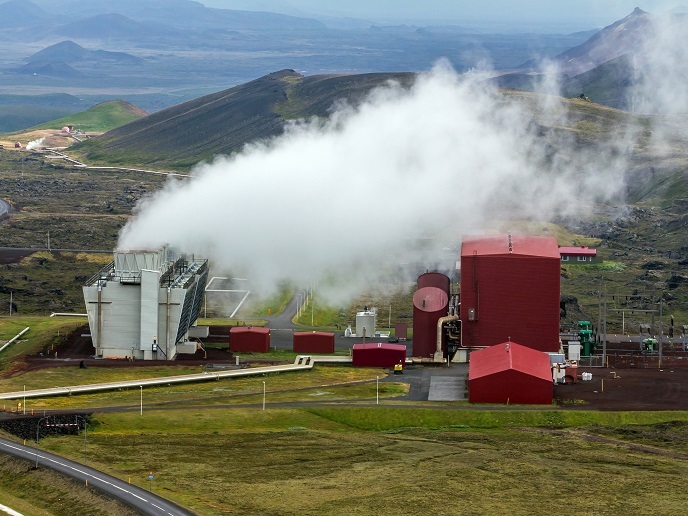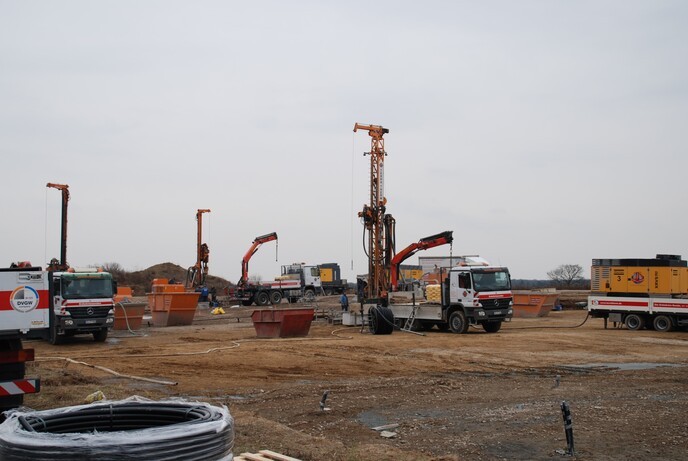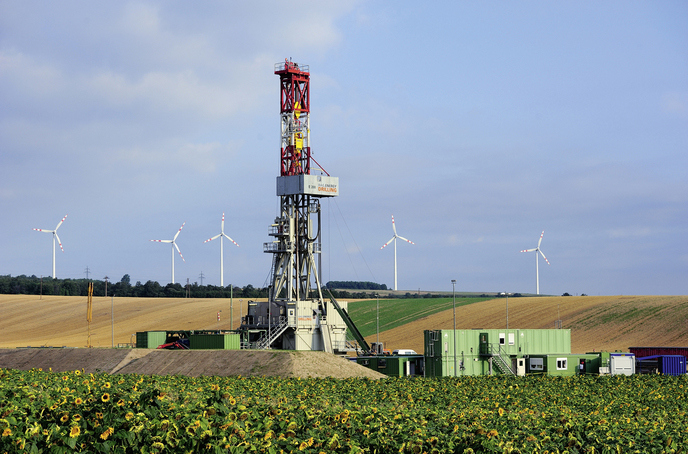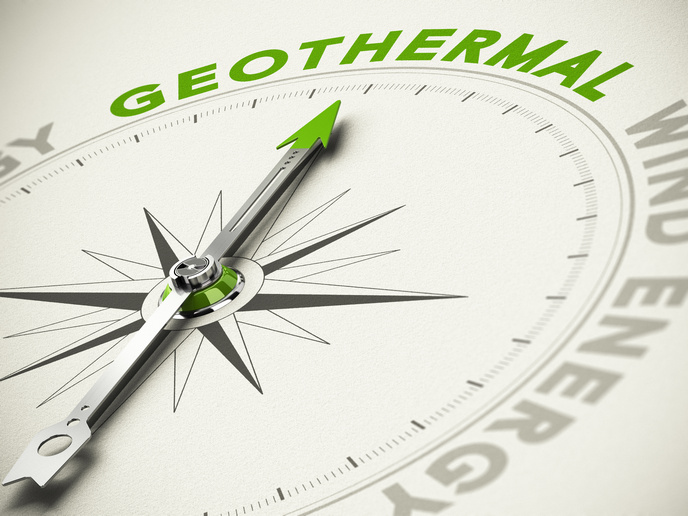Increasing the productivity of insufficiently producing geothermal wells
Geothermal energy offers incredible potential. Not only is it a renewable energy, it’s also clean energy, meaning it does not produce harmful greenhouse gases. As such, geothermal has the potential to be a key component in Europe’s renewable energy strategy, one that could eventually provide Europeans with a reliable source of baseload energy. However, before this happens, the production process needs to be improved so that it is economically viable – which is where the SURE project comes in. “The technology we’re developing will improve the productivity of existing wells by providing an economically viable method for controlling the enhanced flow paths around a geothermal well,” says Thomas Reinsch, a researcher at the German Research Centre for Geosciences and SURE project coordinator.
The RJD advantage
At the heart of the project is radial water jet drilling (RJD). RJD uses the power of a focused jet of fluids applied to a reservoir rock through a coil that is inserted directly into an existing geothermal well. This creates several small diameter holes running nearly 100 metres from the existing well to the reservoir, allowing the initially unconnected permeable zone to drain into the main well. “Because RJD does not involve the amount of fluid used in conventional hydraulic fracturing, it reduces the environmental impact of stimulation technologies,” explains Reinsch. “Furthermore, when used to access and connect a geothermal reservoir’s highly permeable zones to the main well, RJD provides a higher degree of control and thus an increase in performance compared to conventional stimulation technologies.”
Advancing the state of the art
Within the SURE project, researchers set out to determine the benefits and disadvantages of water jet drilling technology in comparison to more well-established stimulation processes. “Our focus was on understanding the drilling process, optimising it, and improving the performance – and predictability – of the technology,” says Reinsch. To do this, the project team conducted a range of experiments. This included studying the physical properties of various potential geothermal reservoir rock types and their reaction to various RJD processes. “The objective of this experiment was to achieve a complete understanding of the water jet/tooling-rock-interaction for a large variety of sedimentary and crystalline rocks,” comments Reinsch. From these experiments, researchers created several tools, including patent-pending components that can be used to improve the water jetting technology. They also developed numerical models that can be used to, for example, determine the rock destruction process and estimate improvement to a well’s performance following RJD stimulation. “The SURE project has significantly advanced our knowledge about RJD technology beyond the state of the art and across different spatial and temporal scales,” Reinsch concludes. “By increasing the productivity of insufficiently producing geothermal wells, we are making the supply of geothermal energy economically viable and environmentally sound.”
Keywords
SURE, geothermal well, geothermal energy, radial water jet drilling, RJD, renewable energy, well, productivity



